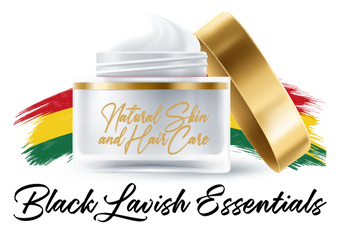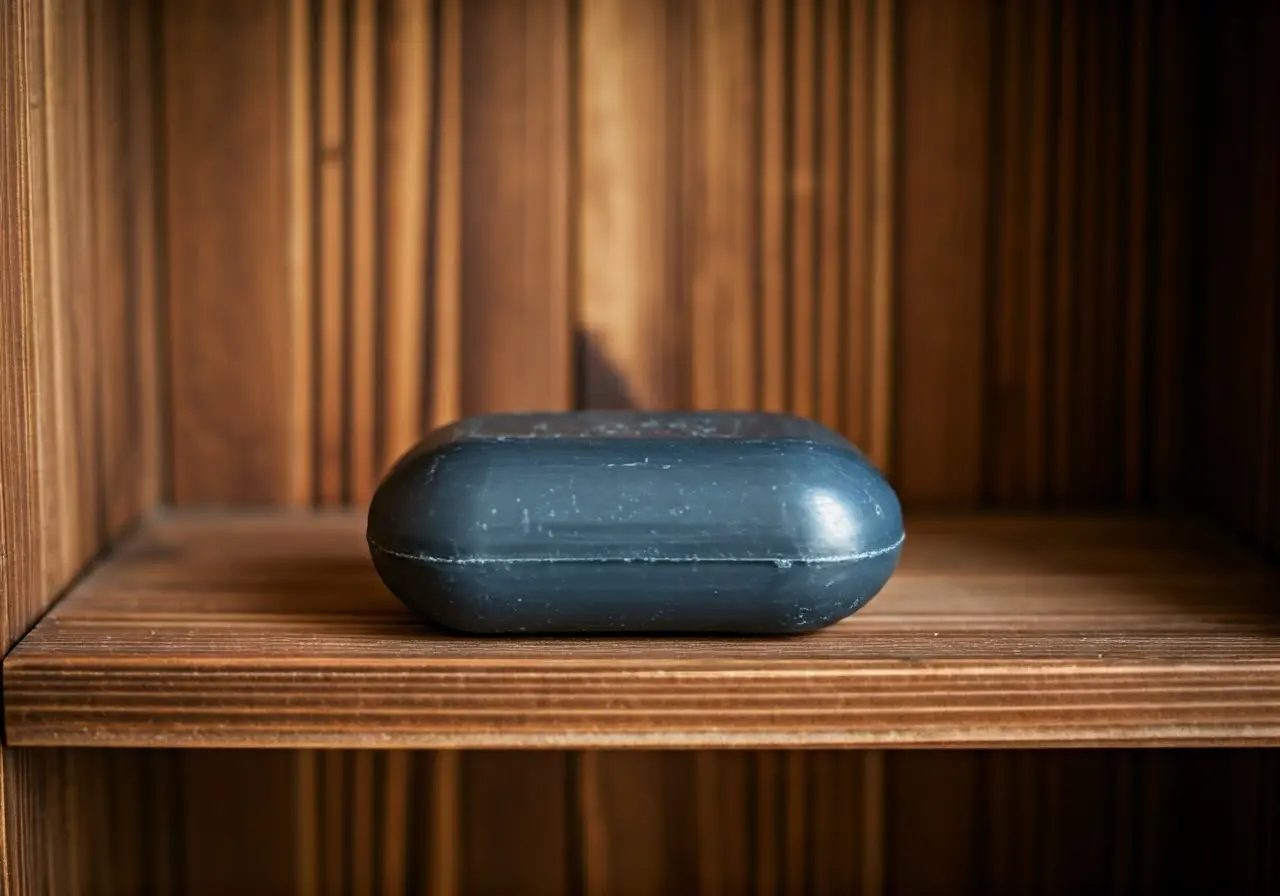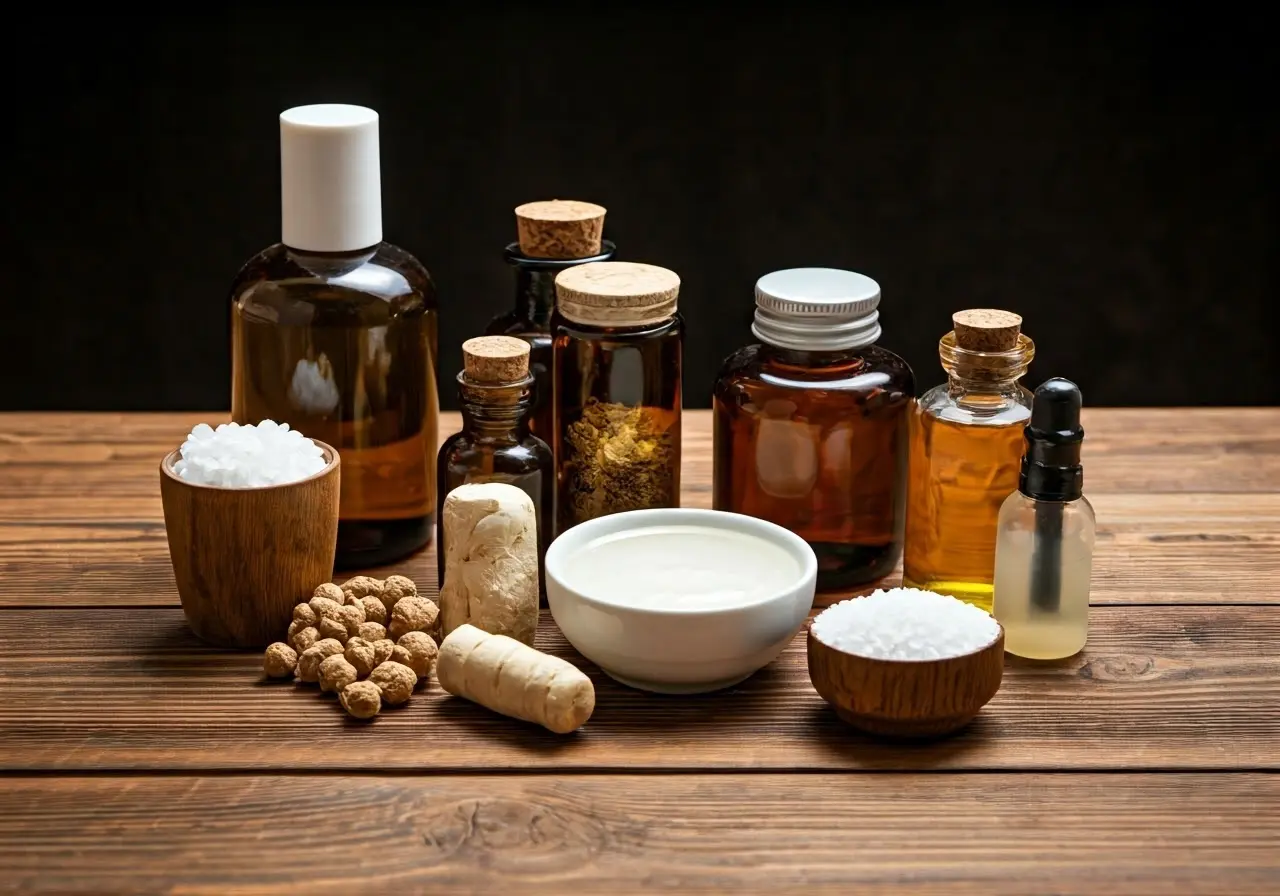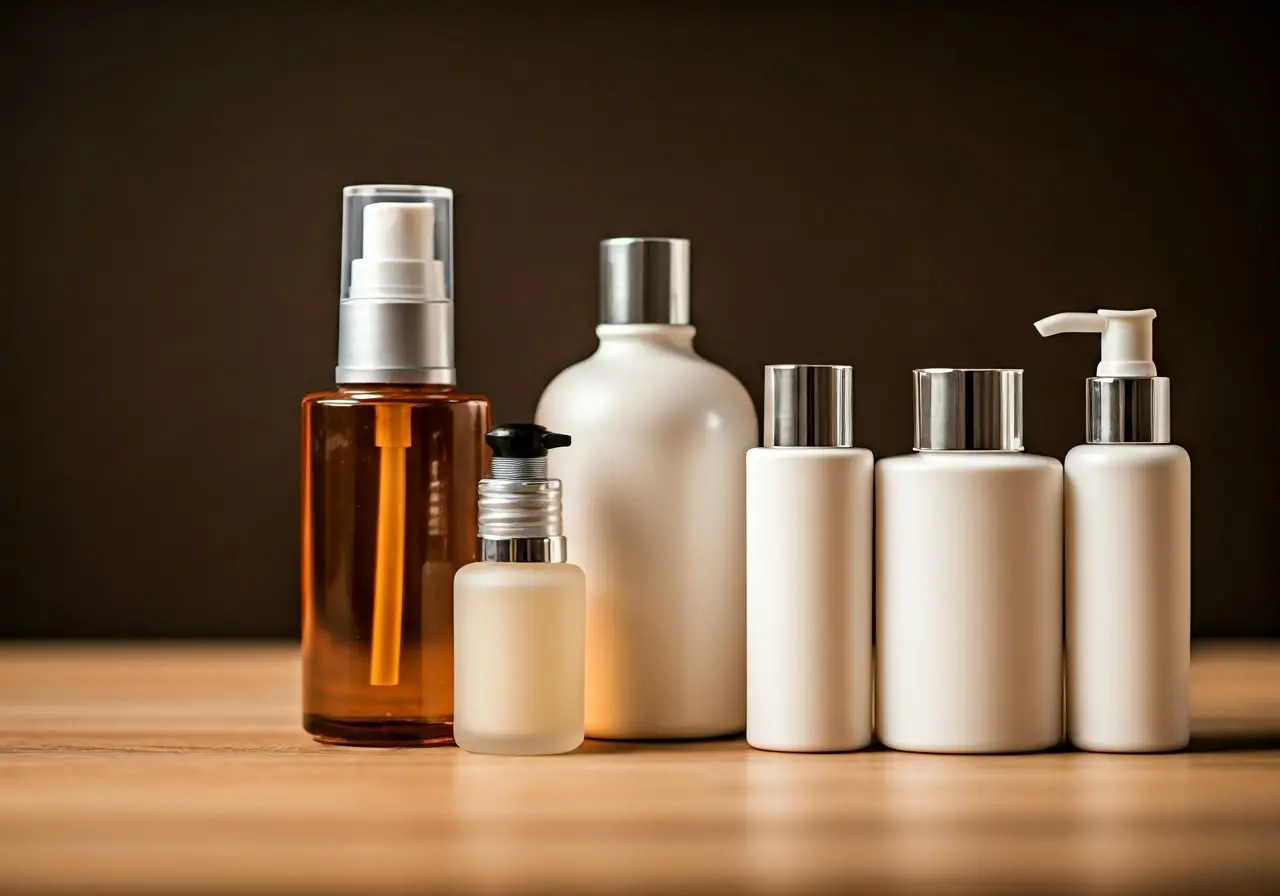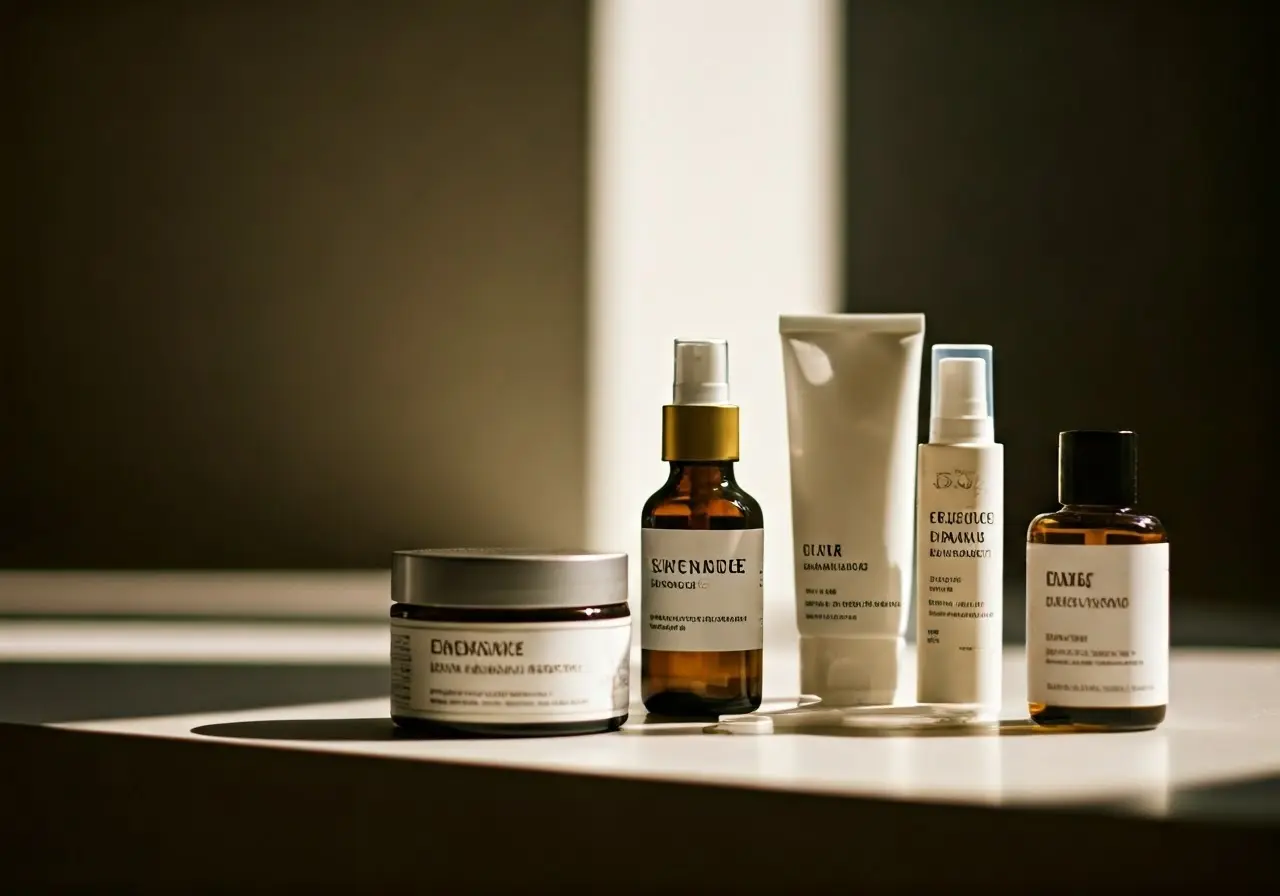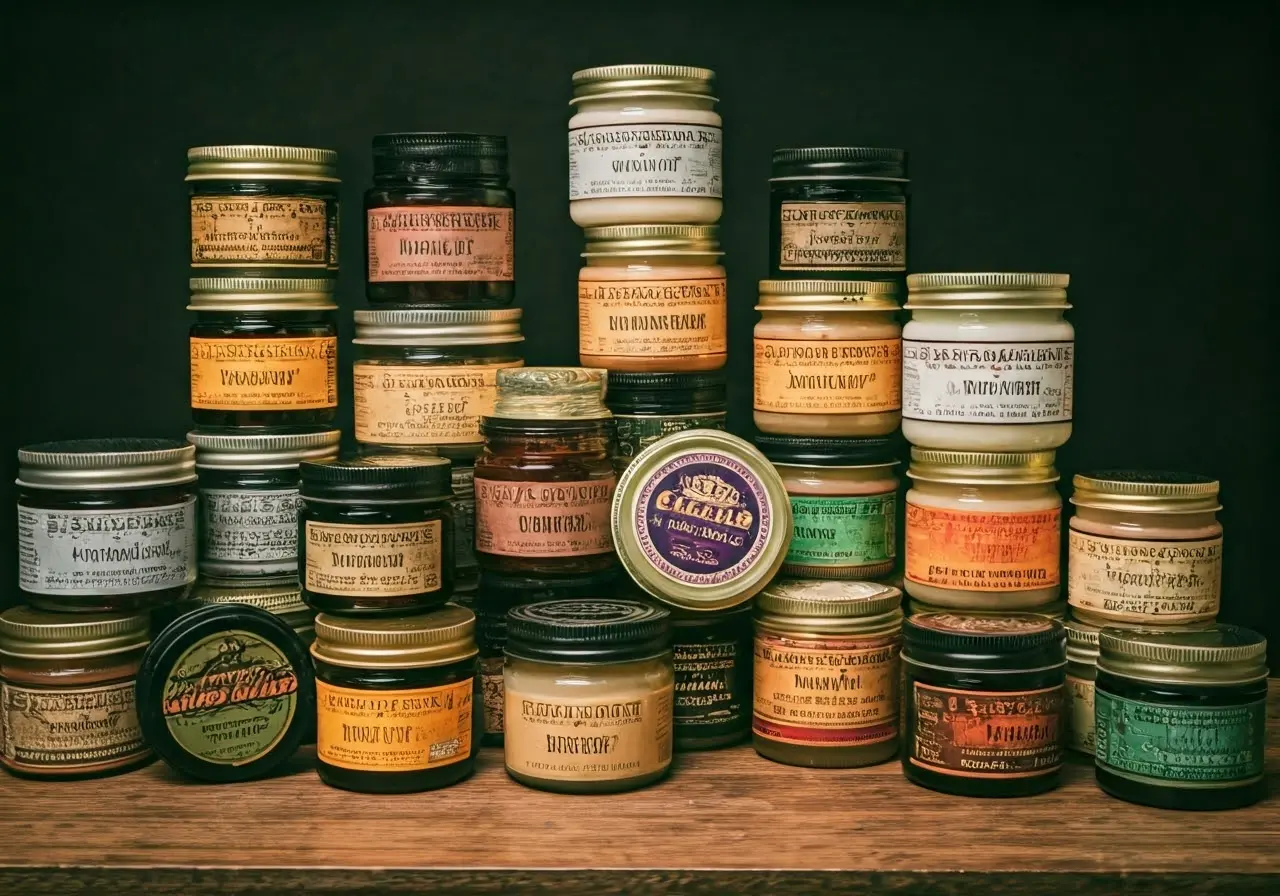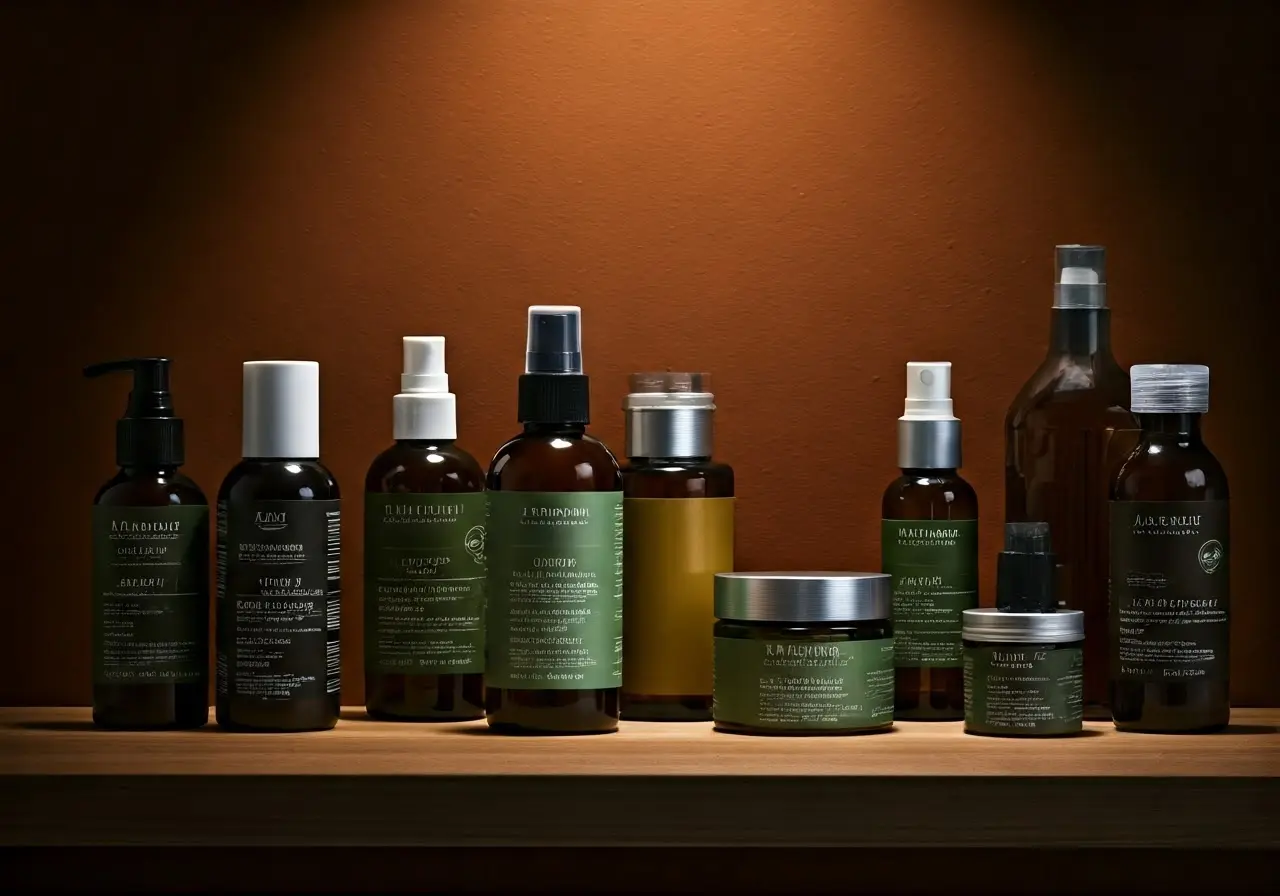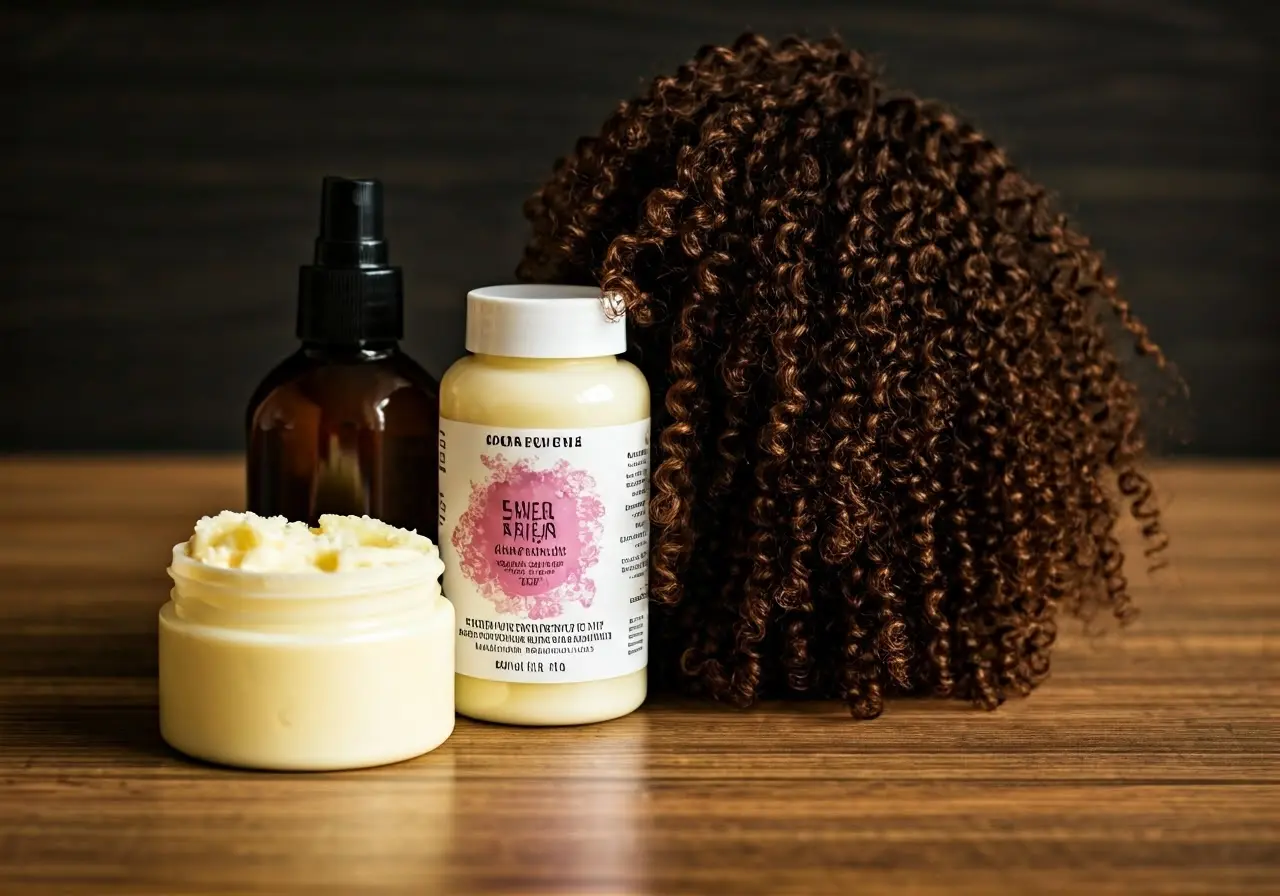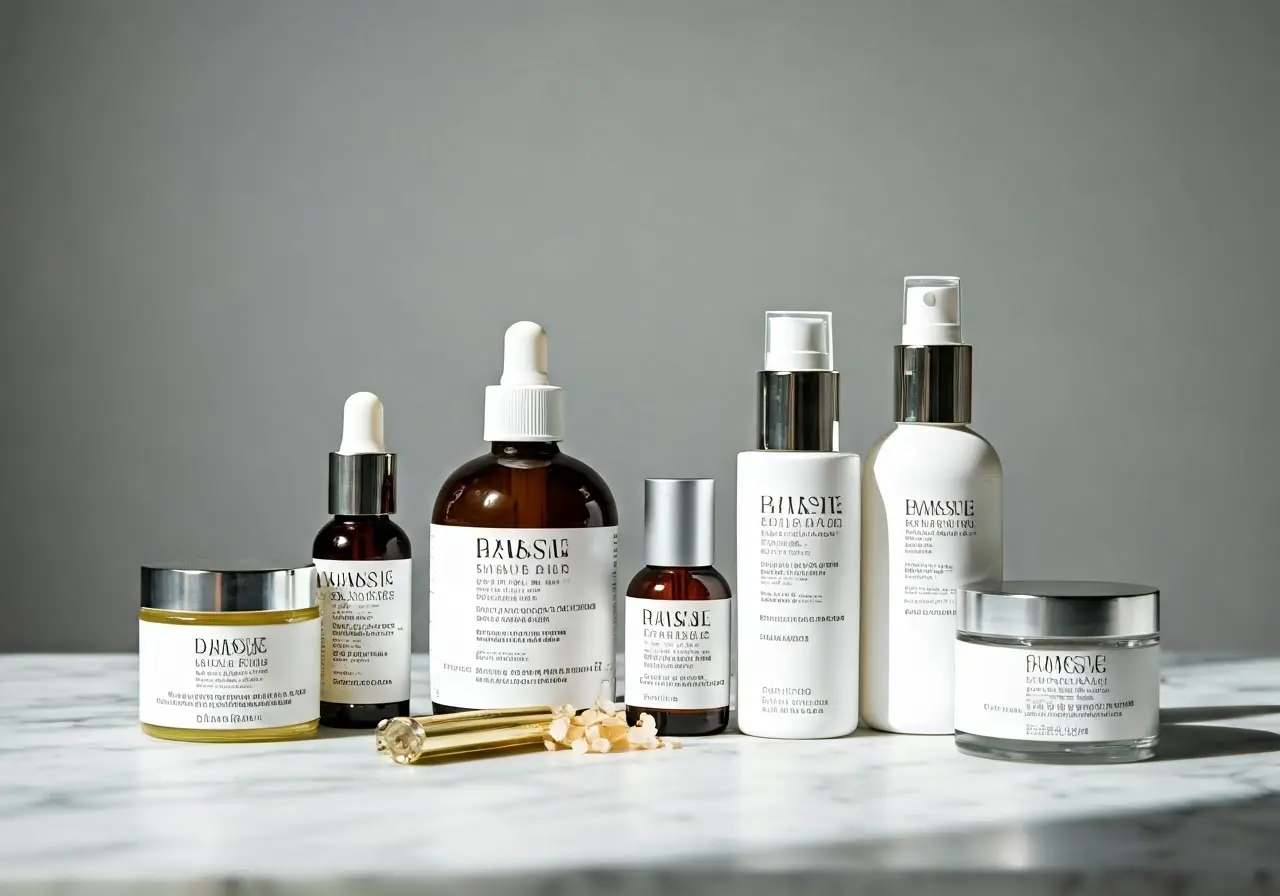
Experience the Magic of Black Soap for Radiant Skin
In the realm of skincare, natural ingredients are continuously gaining attention. One such ingredient that has captivated the beauty world is black soap. Revered for its gentle yet effective cleansing properties, black soap is a favorite among those seeking a radiant complexion. In this blog, we’ll explore what makes black soap special and how it can transform your skincare routine.
The Origins and Ingredients of Black Soap
Black soap, also known as African black soap, originates from West Africa. Its traditional recipe is a blend of locally sourced natural ingredients like cocoa pod ash, plantain skins, palm oil, and shea butter. These components give black soap its distinctive dark color and powerful skin-loving properties.
Each ingredient in black soap plays a crucial role. The cocoa pod ash acts as an exfoliant, gently sloughing away dead skin cells to reveal the fresh skin beneath. Meanwhile, plantain skins provide vitamin E and antioxidants, nourishing the skin and combating free radicals. This dynamic duo creates a natural synergy that benefits skin by enhancing its radiance and health.
What makes black soap particularly unique is the traditional method of its preparation. The ingredients are sun-dried and then roasted, a process that contributes to its natural color and texture. Scientific insights have shown that this roasting helps release the natural oils and compounds essential for skin care. The result is a soap that maintains moisture while effectively cleansing the skin.
Benefits of Black Soap for Different Skin Types
Black soap is revered for its versatile benefits across various skin types. It can effectively cleanse oily skin by removing excess sebum, help soothe sensitive skin with its anti-inflammatory properties, and assist in diminishing the appearance of acne scars for those with acne-prone skin. Its gentle yet thorough cleansing action makes it suitable for everyone.
For oily skin, black soap provides an excellent balance by extracting impurities without stripping natural oils completely. This quality helps in maintaining a healthy oil balance, crucial for preventing breakouts. In fact, studies have shown that natural soaps like black soap are often more effective in sustaining skin health over time compared to conventional soaps laden with chemicals.
Individuals with dry or sensitive skin can also benefit from black soap. Its smooth lather ensures a gentle touch, while its natural oils and fats bring added moisture. Interestingly, research has indicated that such traditional skincare products can help in restoring the skin’s barrier, preventing water loss and increasing moisture retention.
Incorporating Black Soap into Your Skincare Routine
Integrating black soap into your daily regimen is simple. Use it as a gentle cleanser, following up with a hydrating moisturizer to maintain skin balance. Its natural composition means it can be used morning and night, providing a clean slate for other skincare products to work more effectively.
Start by using black soap once a day. Lather the soap in your hands and apply it to your face in circular motions, ensuring you avoid the sensitive eye area. Rinse thoroughly with lukewarm water and pat your skin dry with a clean towel. For a boost, follow up with your favorite serum or cream to lock in moisture.
If you’re not yet using black soap, now might be the time to try its benefits firsthand. Our selection of handcrafted black soaps can be explored through our online store, where you’ll find a variety of formulations to suit your skin’s needs.
Potential Side Effects and Tips for Safe Use
While generally safe, some might experience dryness when starting with black soap. To avoid this, begin by using it every other day and gradually increase usage. It’s also advisable to conduct a patch test before full application to ensure compatibility with your skin.
In the rare event of irritation or dryness, pairing black soap with a gentle moisturizer can mitigate these effects. Opt for a fragrance-free and hypoallergenic product to avoid further stress on the skin. Many dermatologists recommend a balanced approach with both cleansing and moisturizing for individuals with sensitive skin.
Embrace the Magic of Black Soap for Your Skin
Unlocking the potential of black soap in your skincare routine can lead to glowing, healthy skin. Its natural cleansing powers and enriching properties make it a versatile addition to any regimen. Whether you’re dealing with specific skin concerns or simply aiming for a clearer complexion, black soap provides a touch of nature’s magic in every use. To begin your journey to radiant skin, explore our range of black soap products.



